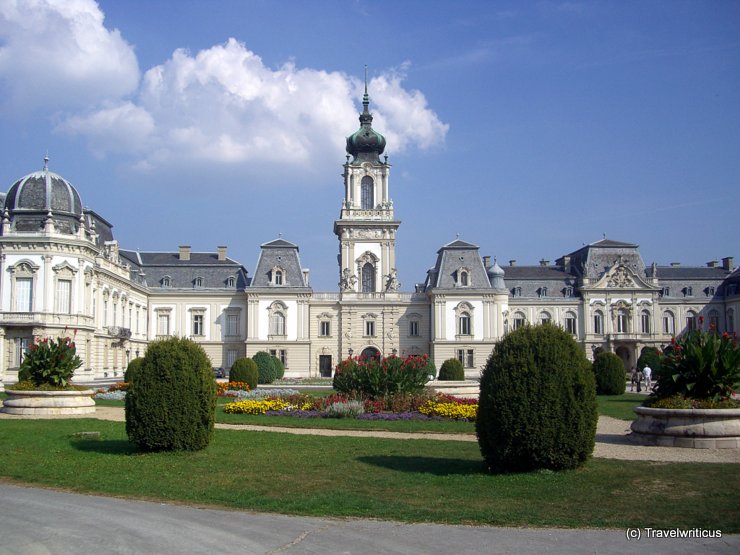
On a sunny day in the fall, I visited Festetics Palace (Festetics-kastély) near Lake Balaton in Hungary. On my walk through the Baroque Palace, I had the chance to see the famous Helikon Library.
You only see what you know (Goethe)

On a sunny day in the fall, I visited Festetics Palace (Festetics-kastély) near Lake Balaton in Hungary. On my walk through the Baroque Palace, I had the chance to see the famous Helikon Library.
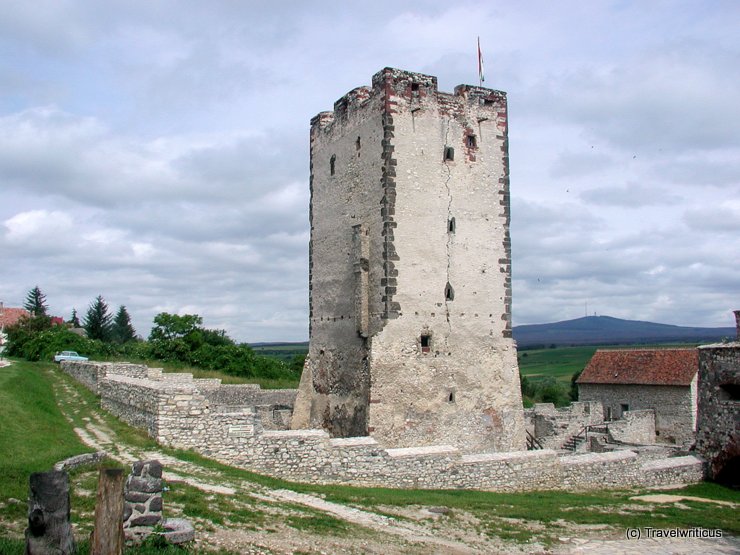
This tower is part of a former stronghold owned by the legendary Hungarian military leader Pál Kinizsi. By climbing up Kinizsi Castle (Kinizsi-vár), I learned something new about the interior of tower houses in the medieval ages. [German]
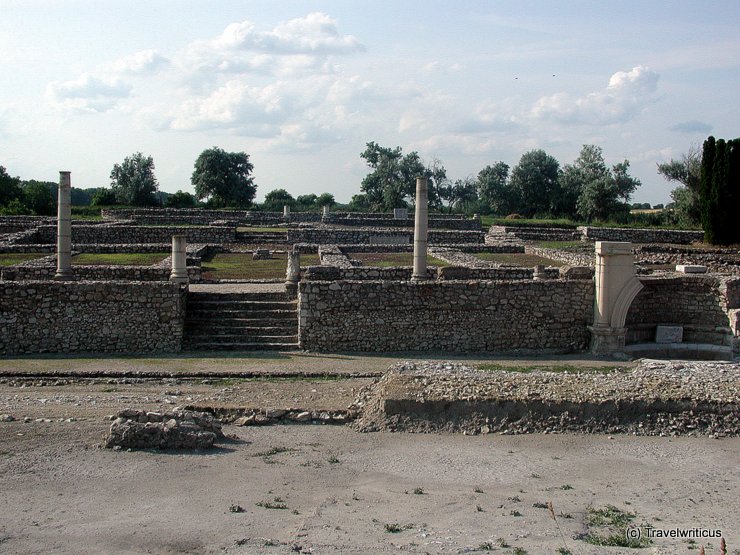
The Gorsium Archaeological Park near Tác tells about life in this region during the ancient age. The Roman influence started here with a fort protecting a road junction and a ford of the Sarviz River in the middle of the 1st century. [German]
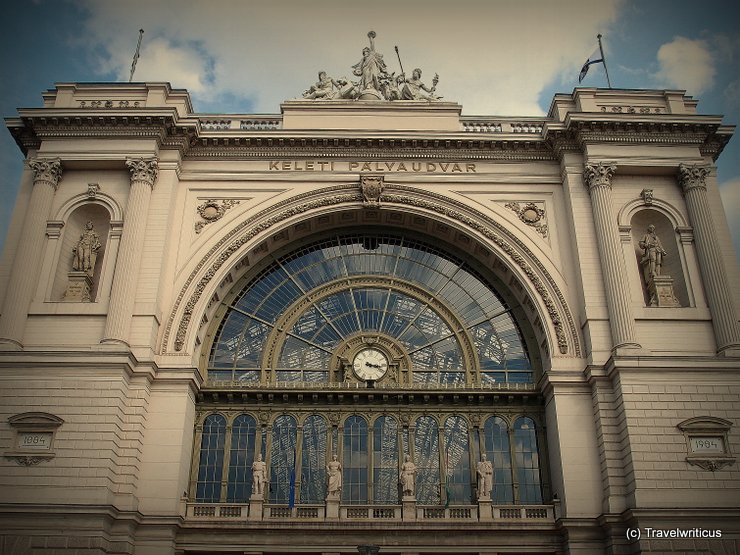
The Budapest Keleti pályaudvar railway station (abbreviated as Keleti pu) is the most important of the three major international stations in Budapest. It was built between 1881 and 1884 by János Feketeházy (railway engineer) and Gyula Rochlitz (architect).
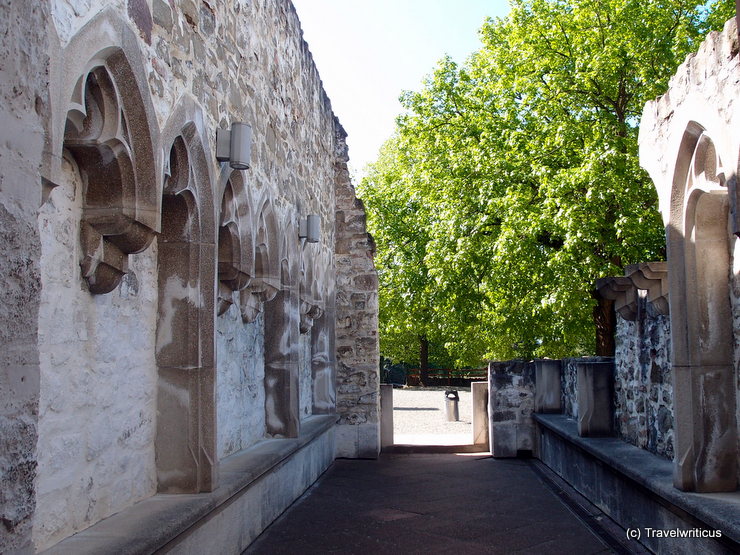
King Charles I of Hungary commissioned the first Royal House in the 14th century. In the 15th century, Matthias Corvinus renewed the palace in late Gothic style. After the Ottoman siege in 1544, the building fell into ruins. Its excavation began in 1934 and continues today.
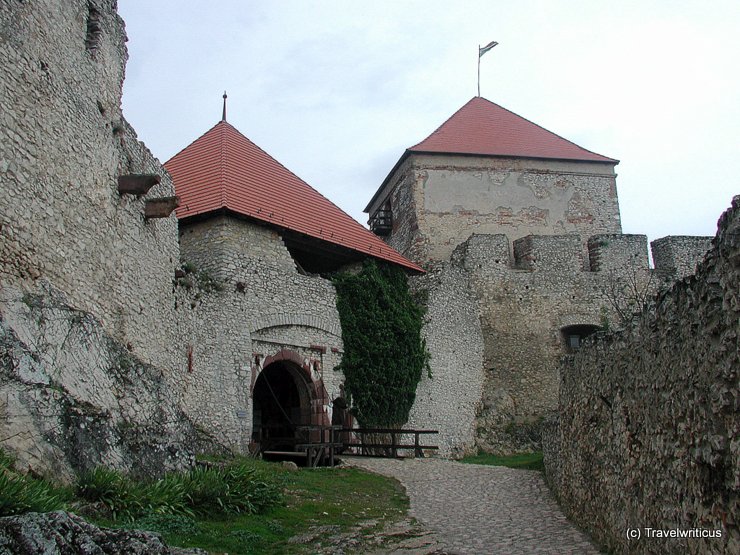
Sümeg Castle (Sümeg Vár) is one of the most well-preserved fortresses in Hungary. It was built in the mid or late 13th century by Béla IV of Hungary. Today the elongated castle high over the town of Sümeg is a venue for tournaments and cultural events. [German]
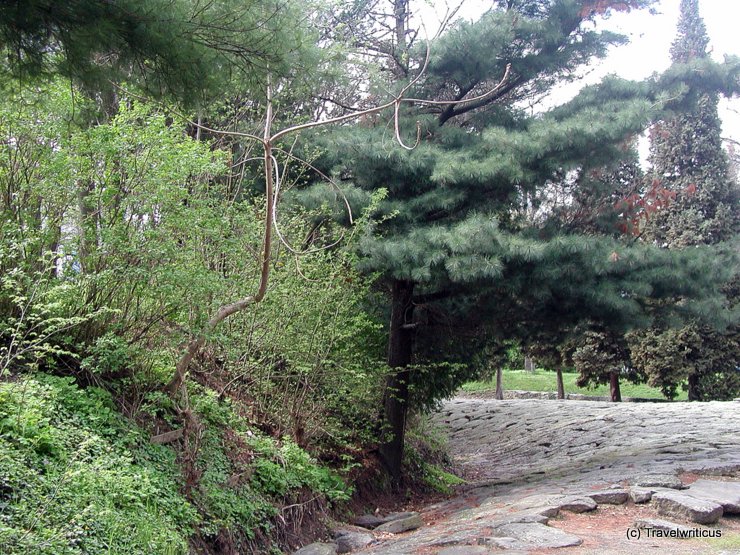
In the archaeological zone of the Hungarian town of Szombathely, there are remains of the ancient street paving. The Roman name of this place was Colonia Claudia Savaria. A remarkable sight is the Iseum Savariense. This is a reconstruction of a Roman temple. [German]
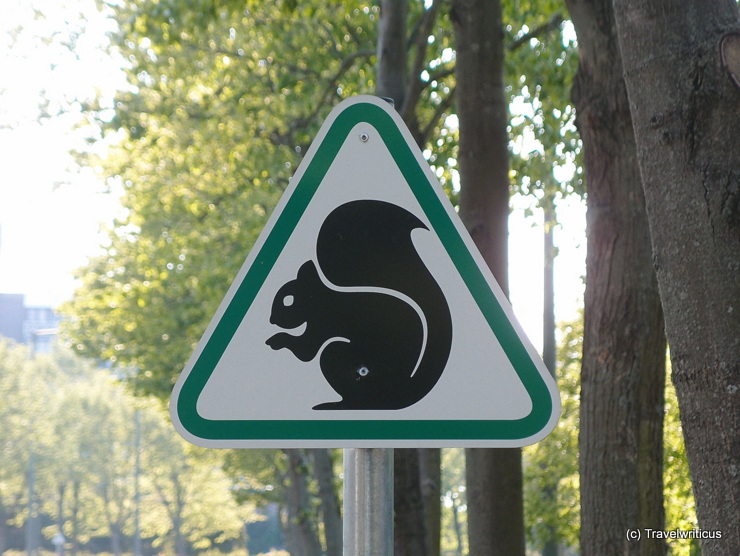
This sign stands near a wood with high squirrel population in Bük. It happens to be that the depiction of a squirrel turns into the mascot for children at the nearby Bükfürdő spa. The name of this very special squirrel is Otto.
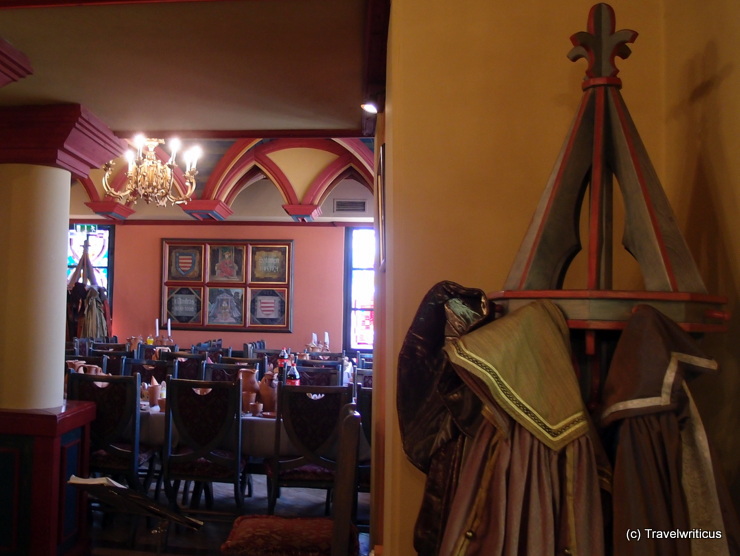
The Renaissance restaurant in Visegrád is actually a modern restaurant decorated in a medieval-like style. While listening to a lute player, guests have a solid meal served in earthenware. Personally, I loved the red cabbage I had with the deer stew.
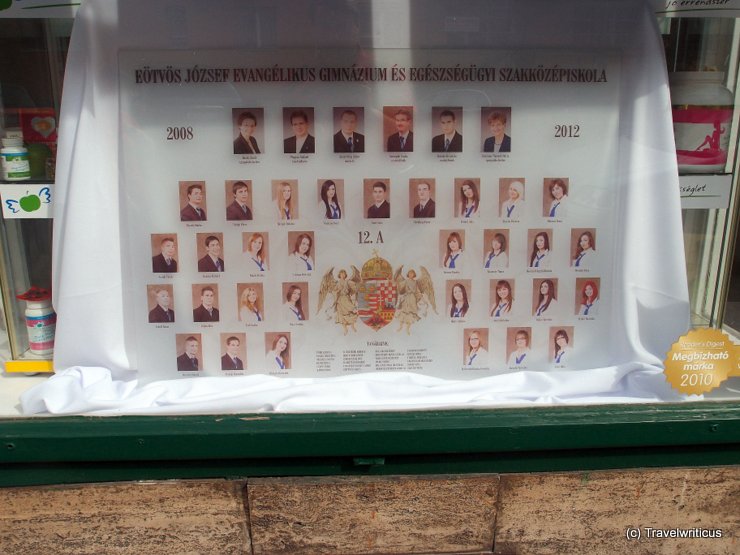
An interesting detail one can often see in Hungary: Public viewed photos of school classes. Does anyone know if this tradition is limited to certain classes, e.g. senior years?
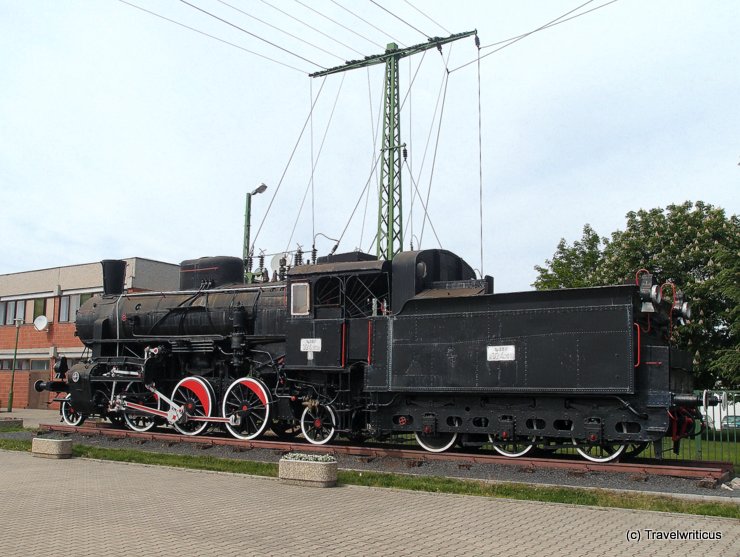
Steam locomotive GySEV 324,1518 was built in Budapest in 1910. Today it is a museum exhibit at the railway station of Sopron in Hungary.
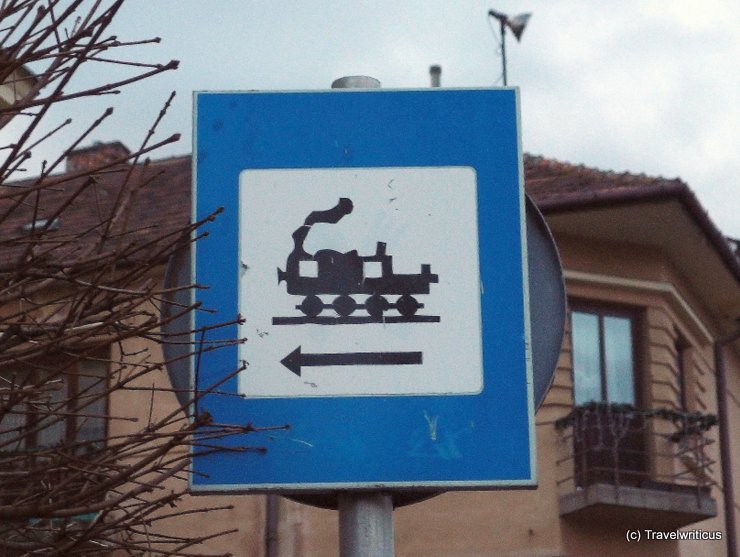
On my way from the city centre to the railway station of Sopron I came across this sign which showed me the direction to the station. I was really surprised about the design of the locomotive. What do you think? Is this an official sign?